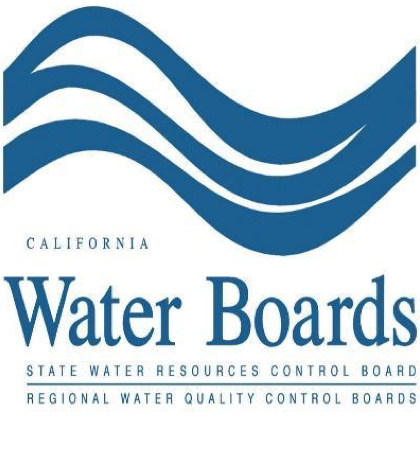The State Water Resources Control Board (SWRCB) announced late last week that it has streamlined requirements for applicants seeking to divert surface water to underground storage during floods and other high flow conditions in an effort to expedite its water right permitting process. Although the changes will have no impact on existing laws and regulations, the streamlined requirements will simplify the permitting pathway for capturing water during high flow events and storing that water underground, a process known as recharge. The new requirements will also reduce application filing fees and annual permit and license costs.
“Achieving groundwater sustainability is one of California’s most pressing water management challenges,” said State Water Board Chair E. Joaquin Esquivel. “With a more variable hydrology expected, it’s critical that we prepare to capture floodwaters and other high flows, increase groundwater recharge, and better prepare for the effects of climate change. These permitting revisions will help make that process more nimble and efficient, while still protecting fish and senior right holders.”
The new measures are expected to directly benefit groundwater sustainability agencies (GSAs) and similar local entities. Many such entities are struggling as they strive to comply with the Sustainable Groundwater Management Act (SGMA) and replenish overdrafted groundwater basins. The SGMA became law in 2015 empowering local agencies to manage groundwater resources for long-term sustainability. The long-term planning requirement is designed to provide a buffer against drought and climate change and contributes to reliable water supplies, regardless of weather patterns.
The new streamlined process allows applicants to choose one of two diversion scenarios during the December-to-March time frame: (1) when a river or stream’s daily flows exceed the 90th percentile and no more than 20 percent of the total stream flow is taken; or (2) a flood control agency determines actions are needed to protect the public. Agencies who divert to underground storage and choose this less complicated approach must meet certain criteria and comply with a water availability analysis that monitors diversion of high flows during the winter.
“Umbrella” permitting allows a water right holder to manage the diversion, storage and extraction of water on a landowner-by-landowner basis, from one high flow event to the next, or from year to year, without additional approvals from the Board. GSAs are encouraged to pursue “umbrella” permitting to cover dozens and possibly hundreds of diversion locations in a watershed and large areas of use, such as a water district.
Currently, California depends on groundwater for a third of its annual water supply, and significantly more during droughts. New groundwater recharge projects will likely be proposed and implemented by many GSAs as part of sustainable groundwater management. The new streamlined recharge permitting measures are designed to help GSAs obtain water right permits faster to help meet timelines for achieving sustainability.
 California Water News Daily Your Source For Water News in California
California Water News Daily Your Source For Water News in California


